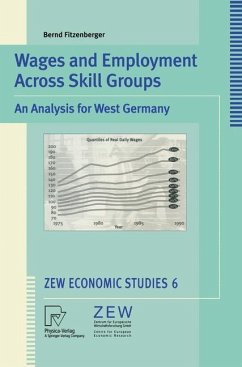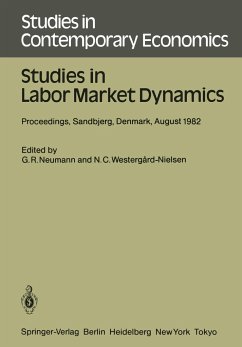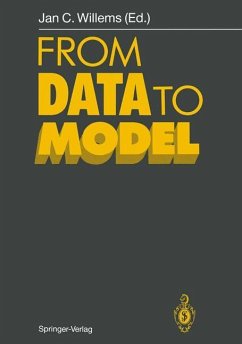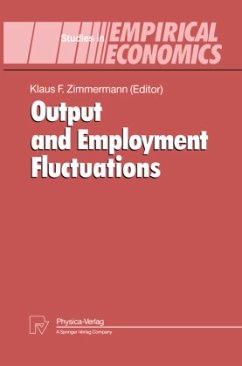
Mismatch Explanations of European Unemployment
A Critical Evaluation
Herausgegeben: Fratianni, Michele

PAYBACK Punkte
19 °P sammeln!
The peristence of European unemployment stands in striking contrast to the cyclical pattern of unemployment in the US. Many people attribute the rise in European unemployment to increased imbalances between the pattern of labour demand and supply - in other words, to greater mismatch, but existing mismatch indicators do not support this view. However, the obvious inference is not legitimate because the evidence is based on trended data, and thus gives rise to spurious statistical results. To get around the problem, the author uses the dynamic flow approach to structural unemployment and disagg...
The peristence of European unemployment stands in striking contrast to the cyclical pattern of unemployment in the US. Many people attribute the rise in European unemployment to increased imbalances between the pattern of labour demand and supply - in other words, to greater mismatch, but existing mismatch indicators do not support this view. However, the obvious inference is not legitimate because the evidence is based on trended data, and thus gives rise to spurious statistical results. To get around the problem, the author uses the dynamic flow approach to structural unemployment and disaggregated data. The reader will find new results on "non-spurious" mismatch tendencies, occupational reallocation, the matching of apprentices, and the importance of matching and mobility for wage differentials.














